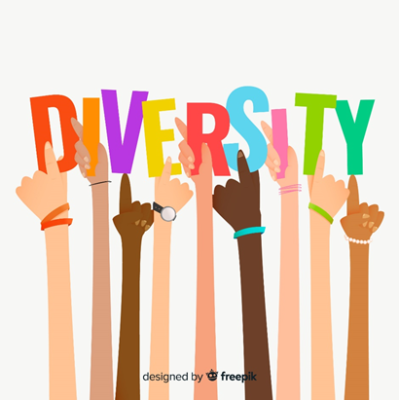Education and training have a crucial role in the integration and inclusion of migrant children. Students who are well integrated in the education system have higher chance of reaching and fulfilling their potential. However, students coming from migrant background face different challenges and barriers which affect their learning and development. Overall, migrant students in most European education systems underperform and express a lower sense of well-being in schools compared to their native-born peers (Eurydice, 2018).
Our new project POEME – “Project leading to an Exhibition for the incorporation of Migrant children into the European school frameworks”, aims to do exactly as the title suggests, taking into account current trends in education and using digital tools to equip language teachers, local students and migrants students.

In the context of this project, we focus on children aged from 12 to 18 with a migrant backgrounds. With the term migrant, we include newly arrived/first generation of migrants, second generation or returning migrant children and young people.
The reasons behind their migration and their legal status may vary – they may be citizens, residents, asylum seekers, refugees, unaccompanied minors or irregular migrants. This common definition enables us to apply this project in different countries and different context of the partnership – our partners are Les Apprimeures from France, SPEL from Portugal, DISEPI and IASIS NGO from Greece, CIP Citizens In Power from Cyprus.

The integration of students from migrant backgrounds in schools is a complex process, aiming to provide children and young people access to quality education, language learning, and socio-emotional support. Successful integration ensures welcoming environment for students from diverse backgrounds, with diverse needs (Eurydice, 2019). It is also important to mention that integration is a two-way process, which means that it needs active participation from both sides included in order to be successful, it is a dynamic, multidimensional, and complex process (European Commission, 2016). Taking into account the current numbers of migrant students in the schools in Europe, we created this project with the intention to enable the development of those students’ linguistic competences to have a positive effect on their well-being and performance in schools. With this project, we intend to create the opportunity for native-born and migrant students to collaborate in creating exhibitions which has been recognised by many researchers as a mean to empower marginalised groups (see Finney & Rishbeth, 2006; Finley, 2008; Lykes, 2010; Chiwara, 2016).
POEME aims to encourage, non-local students to upgrade their sense of belonging to a common European space, by discovering interculturality in blended learning exhibitions, as well as by reflecting on the culture and its powerful influence upon our living contexts.

In the scope of this project, we intend to create several project results:
- The POEME E-Report based on a desktop analysis of previous research and projects about current methods of second language acquisition, possibilities offered through e-worksheets and e-books, cultural heritage acknowledgments etc.
- The POEME E-Worksheets
- E-Book creation and training
- Interactive e-guidebook for POEME exhibition
- Samples of POEME blended learning exhibitions
All these results will be available in the 4 languages of the partnership (French, English, Greek, and Portuguese).
This project will last for two years during which we will inform you of its advancement, so stay tuned for more!
References:
Chiwara, D. (2016). Fostering human rights and empowering communities through art and education: The case of the National Gallery of Zimbabwe. Museum International, 68(3-4), 164-175.
European Commission (2016) Migrant integration information and good practices. Available at: https://ec.europa.eu/migrant-integration/the-eu-and-integration/eu-actions-to-make-integration-work
European Commission/EACEA/Eurydice (2019) Integrating Students from Migrant Backgrounds into Schools in Europe: National Policies and Measures. Eurydice Report. Luxembourg: Publications Office of the European Union.
Finley, S. (2008). Arts-based inquiry. Performing revolutionary pedagogy. In J.G. Knowles & A.L. Cole (Eds.), Handbook of the arts in qualitative research (pp. 681–694). London: Sage Publications.
Finney, N., & Rishbeth, C. (2006). Engaging with marginalised groups in public open space research: The potential of collaboration and combined methods. Planning Theory & Practice, 7(1), 27-46.
Lykes, M.B. (2010). Silence(ing), voice(s) and gross violations of human rights: Constituting and performing subjectivities through PhotoPAR. Visual Studies, 25, 238–254. doi:10.1080/1472586X.2010.523276
Thallon, N.L. (2004). You press the button, I’ll do the rest: A study of participatory photography projects with vulnerable groups. The Photographic, 14, 1–9.





